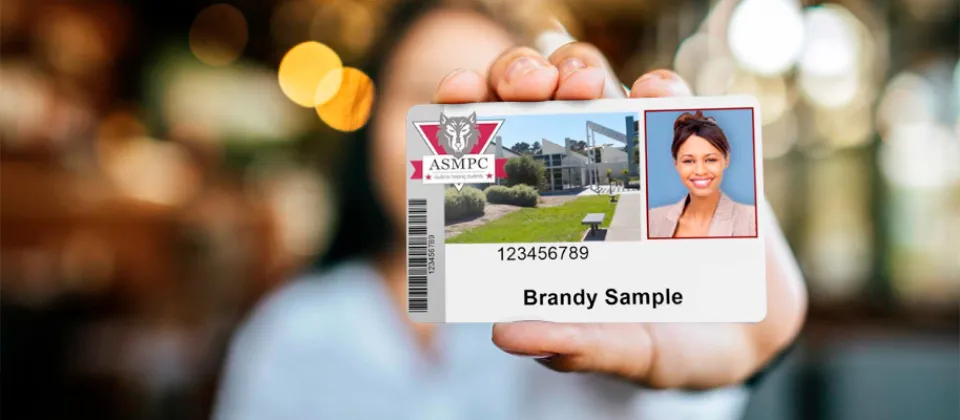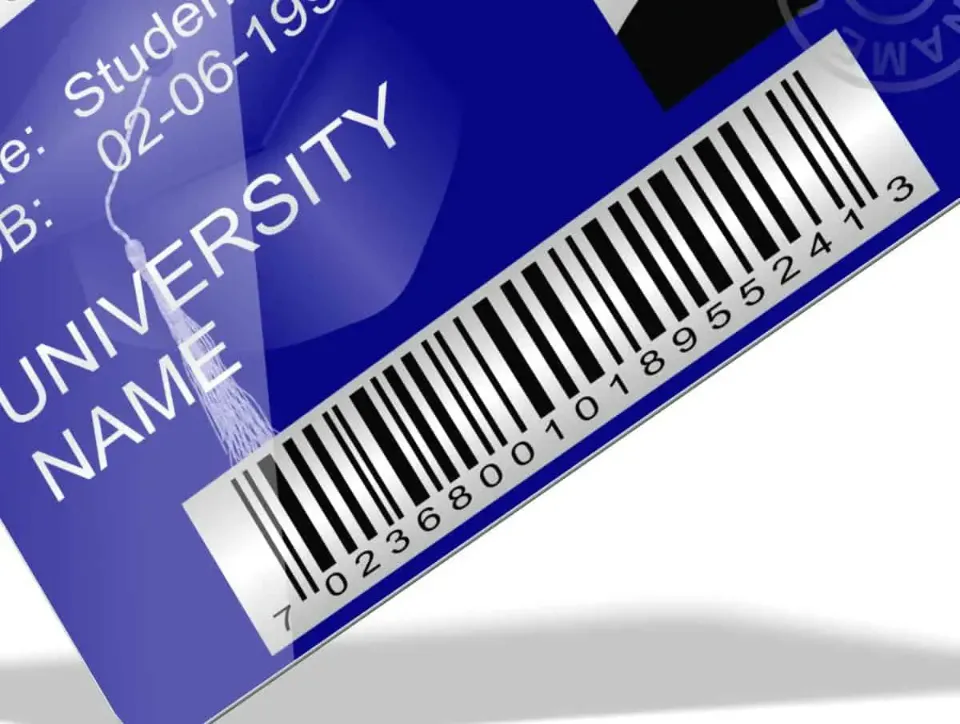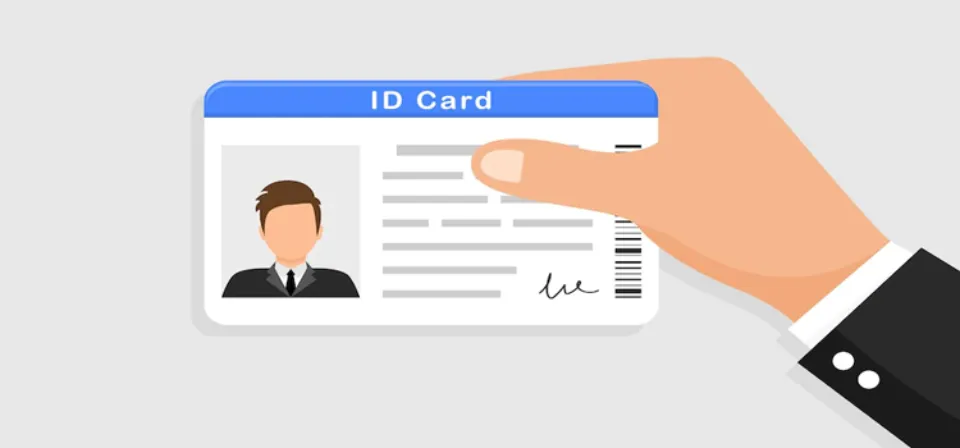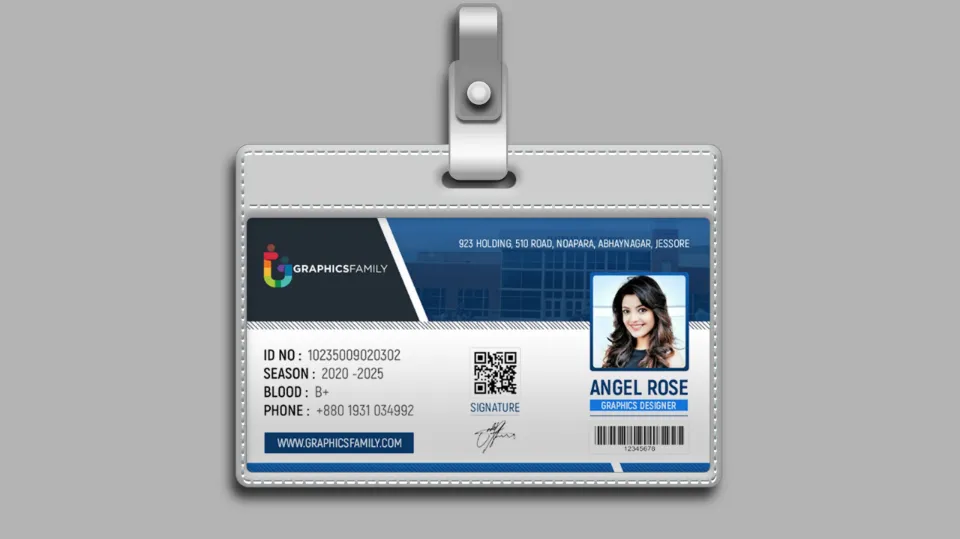
What is a Student ID? Pros and Cons
Please read on if you’d like to learn more about student ID.
Any school’s top priority is keeping kids safe. Tragic events can happen as a result of unauthorized access. Finding a reliable and secure method of tracking students is essential to ensuring a secure learning environment.
Since then, it has become clearer than ever before how important student ID card programs are. Every student is given a student ID, which serves as an individual form of identification. The student ID includes important details like the student’s name, picture, and individual number.
In light of this, we describe the purpose of a student ID card and, more importantly, how you can successfully implement an ID card program at your school.
What is a Student ID?
Student ID (short for identification), also called student URN (unique reference number) is a number given to all university students that confirms their attendance at their given university.
Usually, the student ID number is 7 digits long. But this may differ from university to university. Since you are not enrolled in a university if you do not attend one, you will not have a student ID.
Your student card will have your student ID on it. Similar to how your passport has a photo of you, so does this student card. Your university’s name and a scannable barcode are both included on the student ID. This barcode is very significant and useful for a variety of purposes; these will be covered in more detail.
You will keep your student ID number with you for the duration of your time in college. Typically, this would be for 3–4 years, and it wouldn’t be renewed annually, depending on how long your course is. Your student ID will expire when you leave school.

Pros of Student ID Cards
Let’s talk about the many advantages of having a student ID now that we know what they are for.
Better Security
Every school and college has student safety as a top priority. The majority of campus security measures, though, have trouble preventing unauthorized access.
Students can now enter the school or a classroom by simply scanning their student ID card to a contactless reader. You will be able to pinpoint which students enter and exit the school. This prevents staff members or students who are not authorized from entering specific rooms or the entire campus.
Better Productivity
The use of student ID cards makes it possible to automatically track attendance. Before each lesson, teachers are no longer required to manually record attendance. Consequently, there is more time for instruction.
In other words, more time is spent actually studying the subject, which might not seem like much when looking at a single lesson but can add up over time.
Reduced Lunch Lines
Stop the cash exchange bottleneck in the lunch line. Once student IDs are incorporated into the lunch system, the cafeteria cashier will be relieved of handling money.
The ID cards students use to check in for lunch are also used to pay for it. Since no money is being handled, this improves cafeteria efficiency, which results in shorter lines, longer mealtimes for students, and better sanitation.
Involve the Local Community

Where can you use your student ID from a college or another institution? Usability would extend beyond the campus.
Consider collaborating with neighborhood merchants who might want to give local students discounts. Applying for these discounts requires displaying the school ID card.
Cons of Student ID Cards
Here are a few negative aspects of student ID cards.
Student Privacy
Some people worry that ID cards might be too intrusive, requiring students to reveal their whereabouts and sign in each time they enter the facility.
Since schools are public places that track attendance anyway, these worries are typically unfounded. ID cards merely make sure that only people with the proper credentials are allowed inside.
Security Issues
The security of student ID cards is another frequent complaint. Some worry that cloned cards could allow unauthorized access from outside sources.
Modern student ID cards have more sophisticated security features, which make card hacking much more challenging. You won’t likely experience any of these problems if you pick an established provider and follow the best security procedures.
Inconvenience
And finally, some contend that using a card to enter a building or classroom is an inconvenience.
However, contemporary scanners make the procedure take no more than a few seconds, so if new technology is used, students won’t feel bothered by the practice and will benefit from a much safer learning environment.

Does Student ID Give You Discounts?
With your student ID, you can receive discounts at a number of stores outside of the university. Websites such as Student Beans and Unidays are available. When shopping both in-person and online, these two offer discount codes for all of your favorite stores.
Another great element to the You can significantly reduce your travel expenses with a student ID. You may be qualified for some student discounts if you plan to commute by train to school.
Do not forget to look into the offerings of your local rail service. If you attend school in the southeast, Southern Rail offers a “unizone” ticket that, when combined with a railcard, allows you to travel more affordably.
When Do You Get Your Student ID?
Your university’s offer letter will probably include your student ID. It’s possible you would have received it in an email from your university when you registered online.
During the first week of classes at the university, you will get your student ID card. In addition to other administrative tasks, this first week is known as “welcome week.” To organize your finances, you might even open a student bank account in addition to setting up your library account.
If you’re living in a residence hall, your student ID might be on any letters they send you when it comes time to move into your accommodations.
What Happens If You Lose Your Student ID Card?
It’s so annoying to lose your student ID. For some students, especially if they enter their housing complex with their student ID card.
You needn’t worry if you lose your ID card because a replacement is available. You would need to visit the closest reception to arrange for lodging. Another choice is to inform the student team via email that you have misplaced or damaged your student ID card.
You may have to pay a fee anywhere from £5 – £15 for a new card, then it will be sent to you in a few days.
You would need to speak with the receptionist or security at the library’s entrance in the interim if you wanted to visit the library since you don’t have a card. They would give you a temporary ‘card’ to use, which would allow you to access the library.
Final Words: Student ID
Making an informed choice requires weighing the advantages and disadvantages of student ID cards. However, most of the time, schools find that implementing a smart system has many benefits. Improve the safety and comfort of your school for the students.
As proof of your enrollment at a particular university, your student ID is unique to that institution. You won’t be able to use your university’s email address at your new school, just like you won’t be able to use the one your university gives you.


